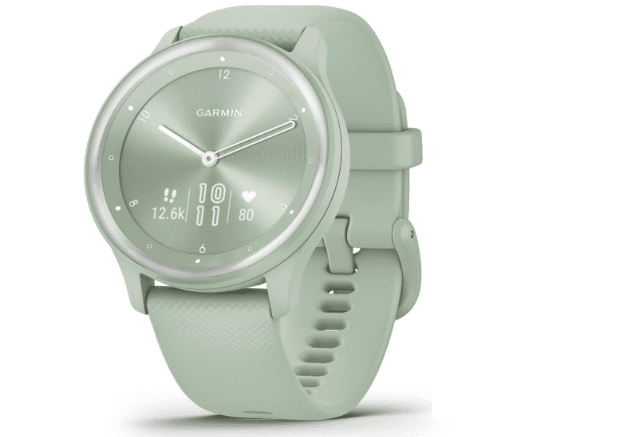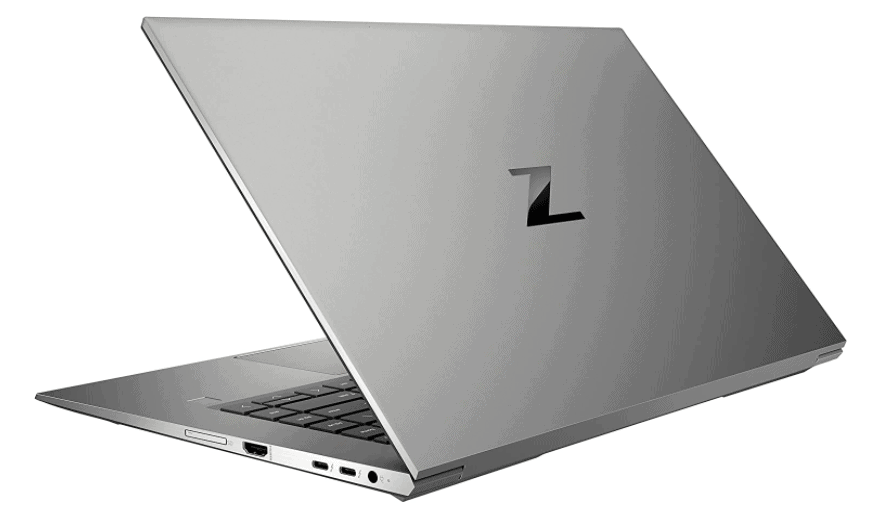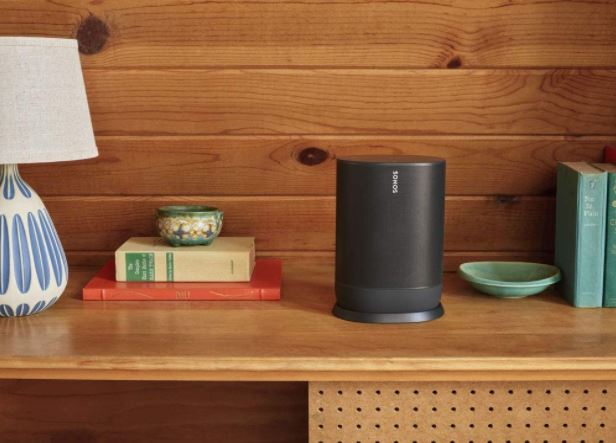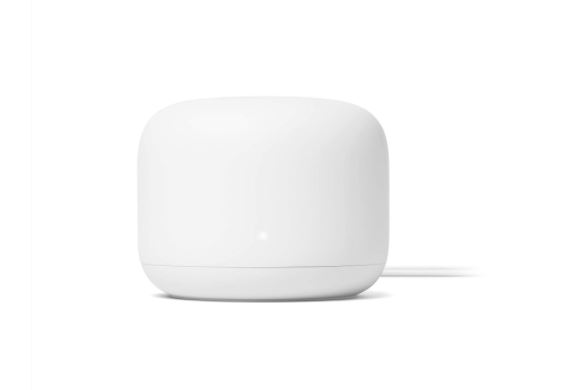Lenovo ThinkPad X1 Yoga Gen 7 is a business-class 360-degree convertible 2-in-1 that shares the same trends as the rest of the ThinkPad line but lacks the all-black aesthetic. The laptop received a significant upgrade in its sixth generation, so the ThinkPad X1 Yoga Gen 7 is primarily a specification boost that includes Intel’s 12th-generation CPU, LPDDR 5 RAM, and PCIe 4.0.
We have a $2,100 configuration of the ThinkPad X1 Yoga Gen 7 with an Intel Core i7-1260P processor and an entry-level Full HD+ display to review. It’s as well-built as a typical ThinkPad, has a similar keyboard, and has a long battery life, but some thermal issues hampered its performance. It’s a good choice for anyone looking for a business laptop that’s easy to manage, secure, and private, but its mainstream appeal is limited.
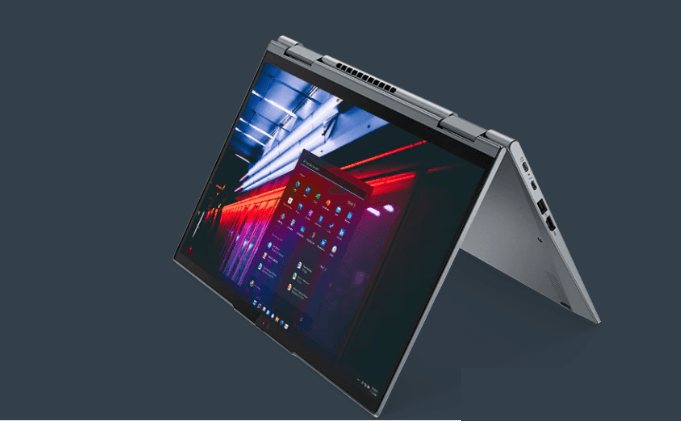
Lenovo ThinkPad X1 Yoga Design
The design of the ThinkPad X1 Yoga Gen 7 is mostly the same as the previous version, which was a complete redesign of the chassis and a switch to a 16:10 display. The 2-in-1 is finished in Storm Grey with no chrome accents, and its lines are simple and minimalistic, with only a rounded rear edge standing out.
The red accents in the LED dot over the I in the ThinkPad logo on the lid, the red accent on the logo itself on the lid and palm rest, and the red TrackPoint nubbin in the middle of the keyboard are the most interesting aspects of the design. Lenovo went all-in on the redesign of the Yoga 9i Gen 7, which features a new rounded chassis with tasteful chrome accents and a fresh, modern look. In comparison, the ThinkPad X1 Yoga Gen 7 has a very conservative design.
The ThinkPad X1 Yoga Gen 7 is well-built, as are most ThinkPads, with CNC machined aluminum used throughout. The lid, keyboard deck, and chassis all feel solid, with no bending, flexing, or twisting. The Yoga 9i Gen 7 is slightly less rigid, giving the ThinkPad the upper hand. Of course, it has been subjected to military testing for robustness, as have all ThinkPads, providing some additional assurance in its build quality.
The MSI Summit E14 Flip, another recent 14-inch 2-in-1 I reviewed, was a little less solid than either of Lenovo’s machines, reminding me how important build quality can be. The hinges on the ThinkPad were light enough to open with one hand while keeping the display steady in clamshell, tent, media, and tablet modes.
The display bezels are larger than those of the competition, with small side bezels but a larger top bezel — including Lenovo’s reverse notch housing the webcam and optional infrared camera — and a larger chin. The screen-to-body ratio is 81 percent, which is lower than the 90 percent found in some recent 14-inch 2-in-1s.
Despite the larger bezels, the ThinkPad X1 Yoga Gen 7 is slightly narrower and deeper than the Yoga 9i Gen 7, as well as slightly thicker at 0.61 inches versus 0.60 inches and slightly lighter at 3.0 pounds versus 3.09 pounds. The ThinkPad is a thin and light 14-inch 2-in-1 that can be used as a tablet with the included active pen.
You may also like Lenovo ThinkPad X13 Yoga Review
Ports and Performance
The connection is excellent. There are two USB-C ports with Thunderbolt 4 support, a USB-A 3.2 Gen 1 port, and a full-size HDMI 2.0b port on the left side. Another USB-A 3.2 Gen 1 port and a 3.5mm audio jack are located on the right side. The only significant omission is an SD card reader. Wireless connectivity options include the most recent Wi-Fi 6E and Bluetooth 5.2, as well as 4G LTE.
My review system was based on Intel’s 28-watt, 12-core, 16-thread 12th-generation Core i7-1260P processor. We have reviewed enough laptops with this chip to know that it delivers solid productivity performance and outperforms the previous generation in CPU-intensive creative tasks. It competes favorably with AMD’s latest CPU for thin and light laptops, the Ryzen 7 6800U.
Most manufacturers now include utilities that allow the user to switch between performance modes, typically with a quiet mode that minimizes fan noise, heat, and performance, a balanced mode that optimizes all three, and a performance mode that runs as fast as possible regardless of fan noise or heat. In the table below, I have included both balanced and performance mode results. Because the PCMark 10 Complete benchmark hasn’t shown much of an increase when switching modes on any of the laptops I’ve tested, I’m only listing the balanced mode results.
According to the benchmarks, the ThinkPad X1 Yoga Gen 7 did not benefit as much from the switch to performance mode as other laptops with the Core i7-1260P. However, depending on the benchmark, its balanced mode performance was superior. That wasn’t the case in Geekbench 5, where it was slower than all but the MSI Summit E14 Flip, which was slow in balanced mode across the board. In our Handbrake test, which encodes a 420MB video as H.265, it was faster in balanced mode, but its performance mode score actually decreased. In Cinebench R23, it was also higher in balanced mode but fell short in performance mode. It had a competitive PCMark 10 Complete score.
These findings are simple to explain. The ThinkPad X1 Yoga Gen 7 is a thin laptop with an insufficient thermal design. In performance mode, it reached 99 degrees Celsius and throttled. In Cinebench, it throttled in both modes, reaching 100 degrees Celsius. The same thing happened with the Asus ZenBook S 13 OLED and the Ryzen 7 6800U, which was the fastest laptop in Handbrake and Cinebench in balanced mode but didn’t benefit as much from a switch to performance mode due to throttling. Lenovo attempted to improve thermal performance by drawing air through the keyboard via twin fans, but it wasn’t enough to keep the Intel CPU running at full speed.
Outside of Geekbench 5, the ThinkPad X1 Yoga Gen 7 delivered respectable results. Switching to performance mode serves no purpose and may actually slow you down. Maintain the laptop in balanced mode, and you’ll get solid productivity performance as well as enough speed for some lower-level creative tasks. However, it lacks the headroom of some other laptops with the same CPU that we’ve tested.
The 3DMark Time Spy gaming benchmark showed the same results as the Handbrake test. The ThinkPad X1 Yoga Gen 7 achieved the highest score among the Intel Iris Xe-equipped laptops in balanced mode, but then dropped significantly in performance mode due to throttling.
In Fortnite, the ThinkPad X1 Yoga Gen 7 was a few frames per second (fps) faster than the other Intel Iris Xe machines in balanced mode but fell behind in performance mode. It doesn’t really matter, because, with integrated graphics, this was never going to be a serious gaming laptop.
You may also like Lenovo Legion 5 Pro Gaming Laptop
Touchpad, Keyboard, and Webcam
As is customary with ThinkPads, there are two ways to control the cursor. The TrackPoint nubbin in the middle of the keyboard appears anachronistic but is something Lenovo will not abandon. This is the best example if you like that kind of control. The TrackPoint has the disadvantage of requiring a set of buttons that take up space on the touchpad, which has been widened in this generation but still remains smaller than it could be. It’s a good touchpad with a comfortable and precise surface and buttons that click solidly and quietly; it’s just too small.
The ThinkPad X1 Yoga Gen 7 retains the previous models’ small active pen, which docks in a bay on the right side of the laptop for storage and power. It works well with the touch- and pen-enabled display, though I prefer full-size pens to the ThinkPad’s small one.
The keyboard is a modified version of the standard ThinkPad keyboard, with the same layout, large, sculpted keycaps, and plenty of key spacing. However, due to the thinner chassis of the ThinkPad X1 Yoga Gen 7, the switches aren’t as deep and are much lighter than usual. This version is faster and more precise, and it doesn’t require as much pressure to register a keystroke as most ThinkPad keyboards. It falls short of the Dell XPS and HP Spectre keyboards, which I believe are the best among Windows laptops, but it’s still a comfortable keyboard for long typing sessions.
There are three Full HD webcam options. You can purchase the webcam alone, with infrared capabilities for facial recognition, or with Computer Vision, which improves the human presence detection features described in the following section. The video image quality is superior to most laptop devices, making it an excellent choice for hybrid workers who rely on videoconferencing.
You may also like Lenovo Tab M10 Plus with Octa-Core Processor
Lenovo ThinkPad X1 Yoga Audio and Display
Four speakers, two above the keyboard and two below the front bottom of the chassis provide a lot of volume for such a small and light laptop. When turned all the way up, the mids and highs were clear with just a hint of scratchiness, and there was a hint of bass. Overall, the sound quality is excellent for a 14-inch laptop, and you won’t need a pair of headphones to enjoy some Netflix or music.
Lenovo offers a variety of displays for the ThinkPad X1 Yoga Gen 7, all of which are 14-inch touch displays with the productivity-friendly 16:10 aspect ratio that is quickly becoming the new standard in modern laptops. WUXGA (1,920 x 1,200) IPS low-power anti-glare 400-nit display, WUXGA IPS low-power 500-nit display with Privacy Screen, and WQUXGA (3,840 x 2,400) low-power OLED 500-nit display with HDR400 and Dolby Vision are available as options. My review unit came with the entry-level display, which was slightly less sharp than I prefer but appeared bright and colorful with deep blacks. I’ll mention that after reviewing so many laptops with higher resolutions, working with what’s also known as a Full HD+ panel felt strange.
My colorimeter discovered that the display provided a higher-quality image than we’re used to seeing in lower-resolution displays. The display was bright enough for any indoor lighting conditions and usable outside except in direct sunlight at 386 nits. At 1,900:1, the contrast ratio was excellent for an IPS laptop display. That is one of the highest marks we’ve ever seen. Color width was slightly above average, at 100 percent sRGB and 81 percent AdobeRGB; in the average premium display, we see closer to 75 percent of the latter. Finally, colors were extremely accurate, with a DeltaE of 0.87.
While it couldn’t compete with the OLED panels in our comparison group, it did well against the other IPS displays, which were all higher resolution screens with higher quality. As a result, the ThinkPad X1 Yoga Gen 7’s display is quite good, and it’s a great choice if you don’t need a higher resolution and want to maximize battery life.
You may also like New Lenovo Chromebook Duet 5 Review
Lenovo ThinkPad X1 Yoga Battery life
The ThinkPad X1 Yoga Gen 7’s battery capacity is 57 watt-hours, which is less than average for a 14-inch laptop. And, so far, the Core i7-1260P hasn’t broken any efficiency records in our testing. Add to that the fact that ThinkPads aren’t always known for their long battery life, and I wasn’t holding out much hope for all-day battery life.
The laptop performed admirably in our web browsing test, lasting just over 10 hours as we cycled through some popular and complex websites. That’s an impressive performance, especially for the CPU. The ThinkPad X1 Yoga Gen 7 lasted more than 16 hours in our video test, which looped a local Full HD Avengers trailer. All of the other laptops in our comparison group have higher resolution displays and some have OLED panels, so the ThinkPad’s low-power Full HD+ display clearly won this test.
The ThinkPad X1 Yoga Gen 7 performed admirably in the PCMark 10 Applications battery test, which is the best predictor of typical productivity battery life, clocking in at 10.5 hours. That’s the second-longest result among the Core i7-1260P machines we’ve tested, and it generally indicates that a laptop can handle a full day of productivity work unless it includes CPU-intensive tasks. The ThinkPad managed 1.75 hours in the PCMark10 Gaming battery test, which indicates how hard a laptop works while running on battery, which is slightly less than average and indicates that the ThinkPad works hard while unplugged.
Overall, battery life is a plus. You should be able to get through a full day’s work on a single charge, with some power left over for Netflix binging in the evening.
You may also like Lenovo Yoga Info, Price, And Customer Reviews
Privacy and security
A fingerprint reader embedded in the power button and an optional infrared camera for facial recognition support Windows 11 Hello passwordless login. Although my review unit lacked an infrared camera, the fingerprint reader worked quickly and consistently. The webcam can be physically blocked for added privacy by using Lenovo’s ThinkShutter privacy switch.
Even if you don’t have an infrared camera, you can use the installed Glance app, which enables several human presence detection features. For example, if the user looks away from the display, it will blur, and if the user leaves, the laptop will go to sleep. When the user returns, Glance will not wake the laptop up again. If someone looks over the user’s shoulder, Privacy Guard will blur the display, and Privacy Alert will notify the user that someone is looking. When an external display is connected, Digital Wellness will provide an overview of the user’s laptop usage, and Snap Windows will control the cursor based on where the user is looking.
If you choose an infrared camera with Computer Vision, you will also benefit from improved human presence detection capabilities. Lenovo’s Zero Touch feature, configured using the Commercial Vantage utility, can lock the laptop when the user steps away and, unlike Glance, wake it up when the user returns. The remaining features mentioned above are also supported.
Finally, Lenovo integrated Tile device location technology into the ThinkPad X1 Yoga Gen 7 model. Simply sign up for the Tile service, register the laptop, and you’ll be able to find it using Bluetooth on your smartphone when it’s in range and the Tile Network when it’s not.
Would you like to read more about Lenovo ThinkPad X1 yoga-related articles? If so, we invite you to take a look at our other tech topics before you leave!







